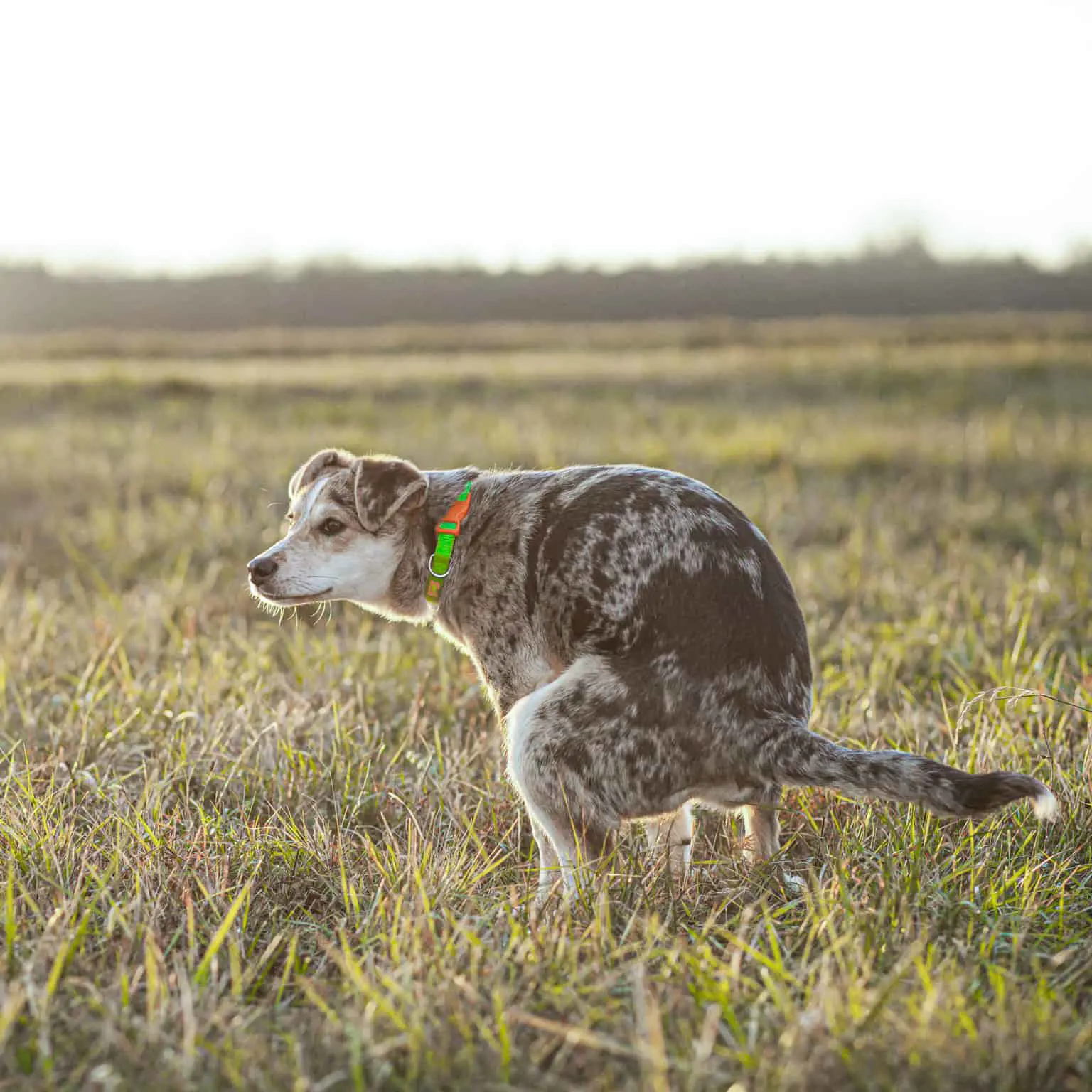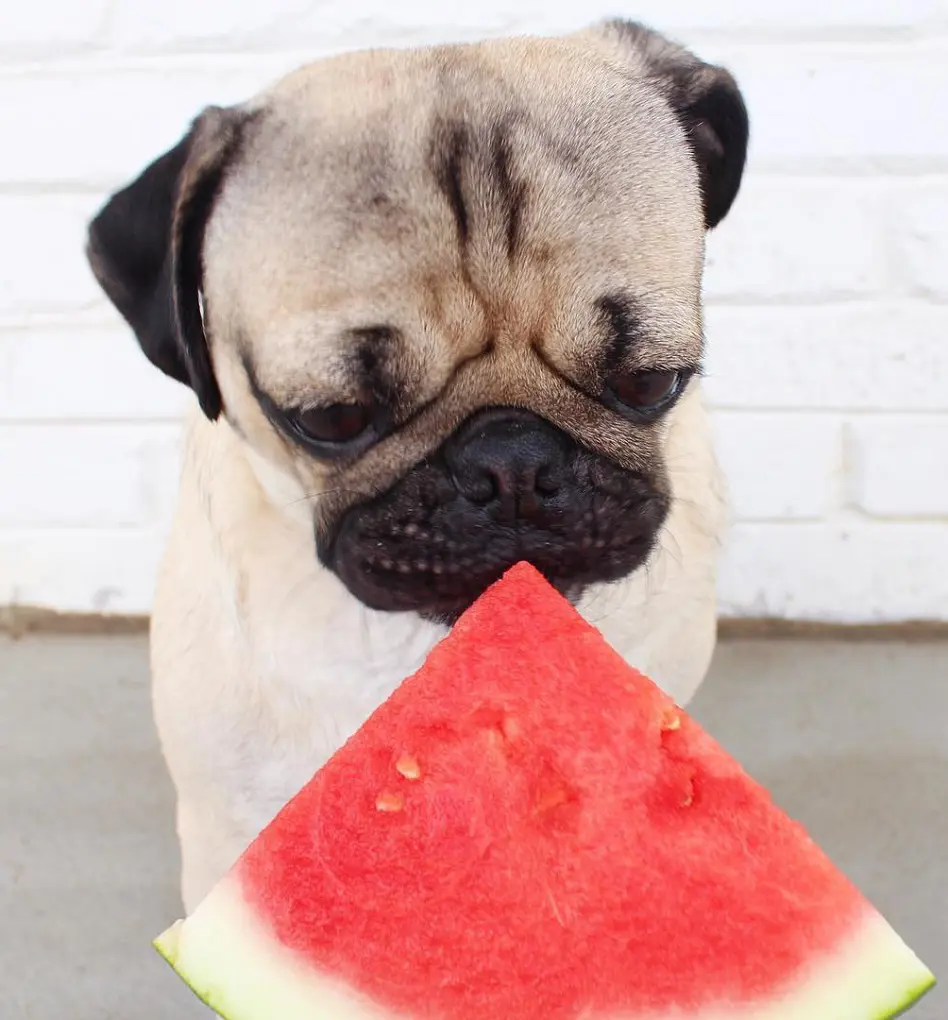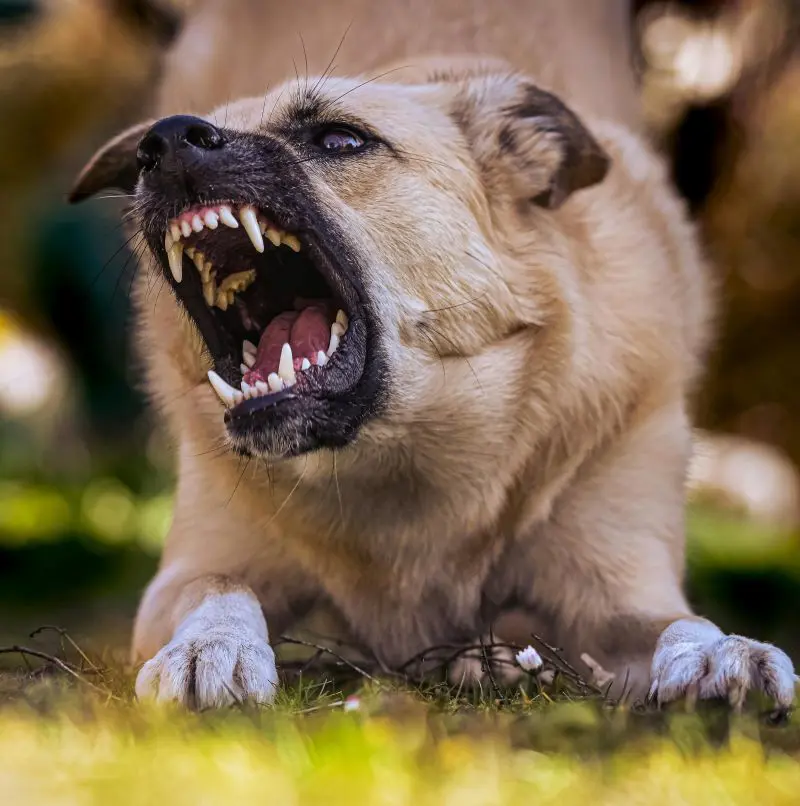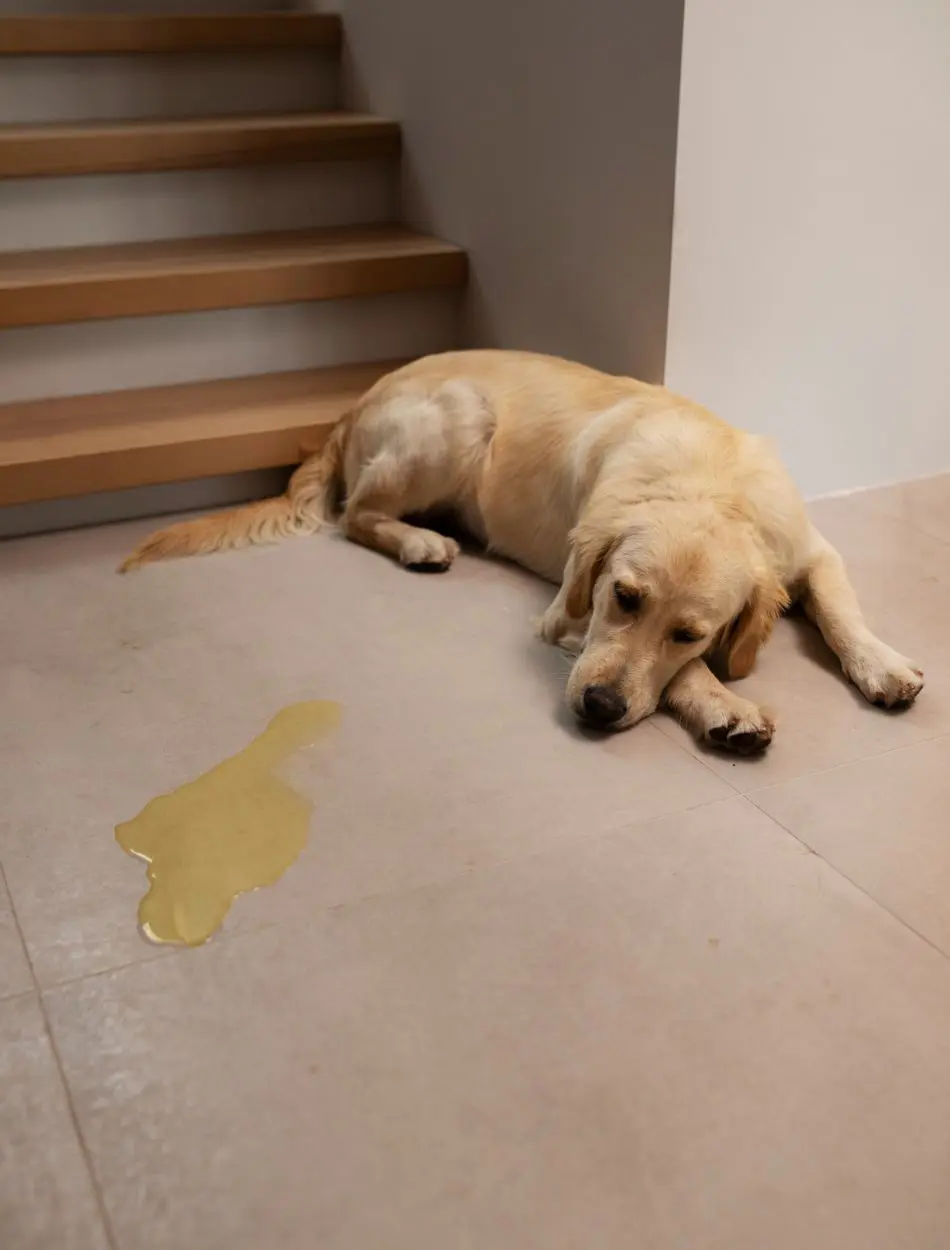Is Peppermint Oil Safe For Dogs? Benefits and Safety Tips
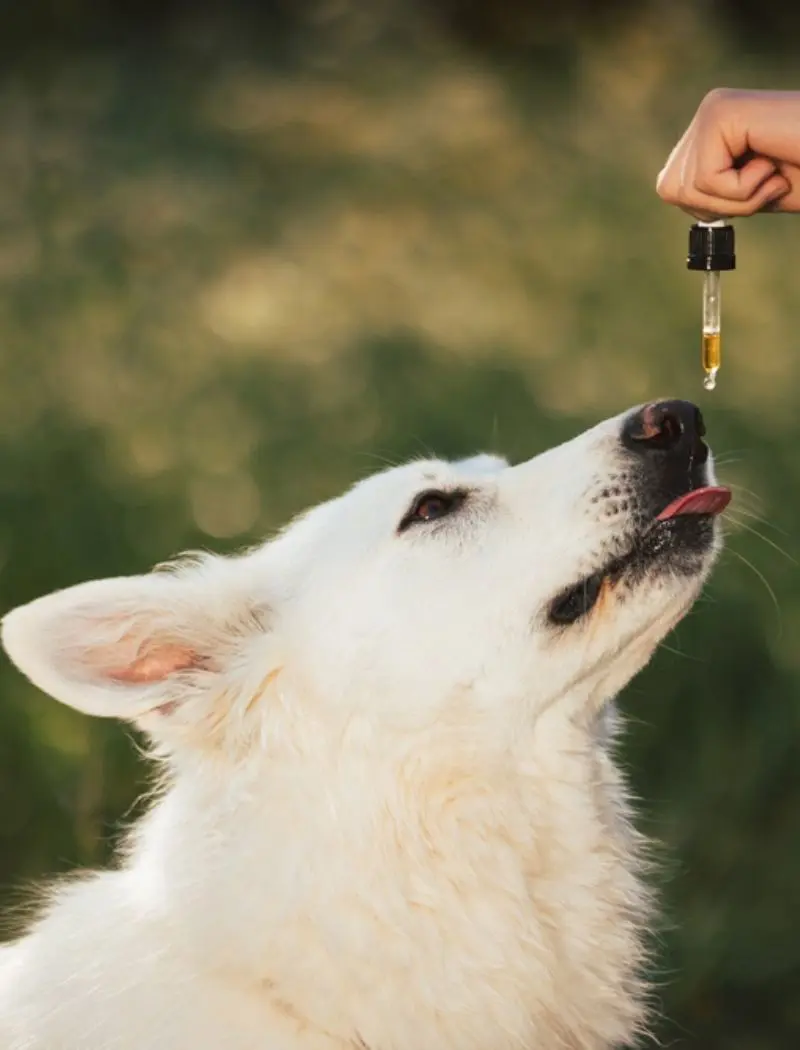
Essential oils are becoming famous among pet parents as they can be infused easily through the surface or by sniffing them in. Peppermint is an essential oil that has a good odor and various health advantages.
The safety of this oil is a topic of concern as while some of these oils can be therapeutic, others may pose risks to the dogs. This article explores the benefits and safety tips to keep in mind when using it around your pet.
Benefits Of Peppermint Oil For Dogs
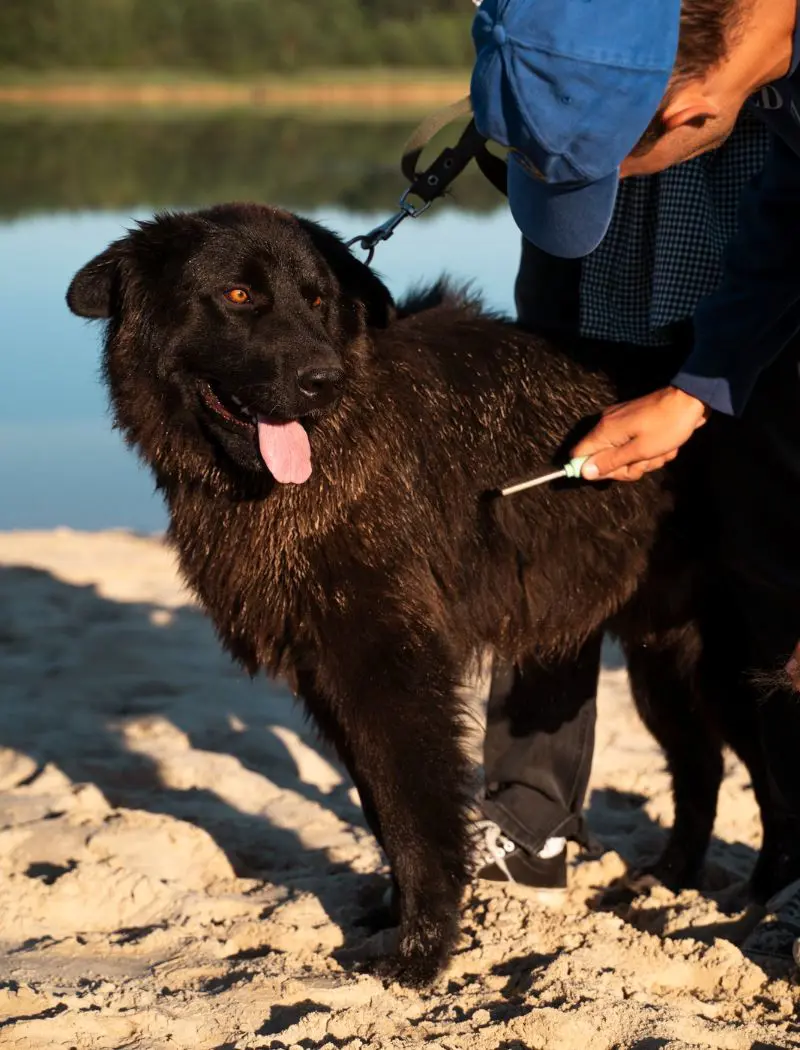
Natural Pest Repellent
Peppermint oil is commonly used as a natural alternative to chemical-based pest repellents as the strong scent can intimidate fleas, ticks, and mosquitoes. It can be a safer option for keeping the insects away when used correctly in diluted form.
You can also use it in sprays for the dog's bedding or living areas to repel pests indirectly. It is usually mixed with a carrier oil like coconut or diluted in water and applied sparingly to areas as it creates a safety shield. Peppermint oil should be used cautiously as overuse can lead to skin issues or other health problems.
Soothing Muscle Relief
It is also used as a natural remedy to provide soothing effect for swollen muscles and joint unease in dogs. The cooling and anti-inflammatory properties of peppermint oil can help reduce muscle tension and reduce minor aches when applied properly, making it a popular option for dogs experiencing discomfort.
It can ease muscle stiffness while promoting relaxation and is especially beneficial for dogs with conditions like mild arthritis or overworked muscles. It can also be used as a warm compress by soaking a cloth in warm liquid and a few drops of a mild form of oil to apply to the sore area and enhance relaxation by reducing tension.
Digestive Support
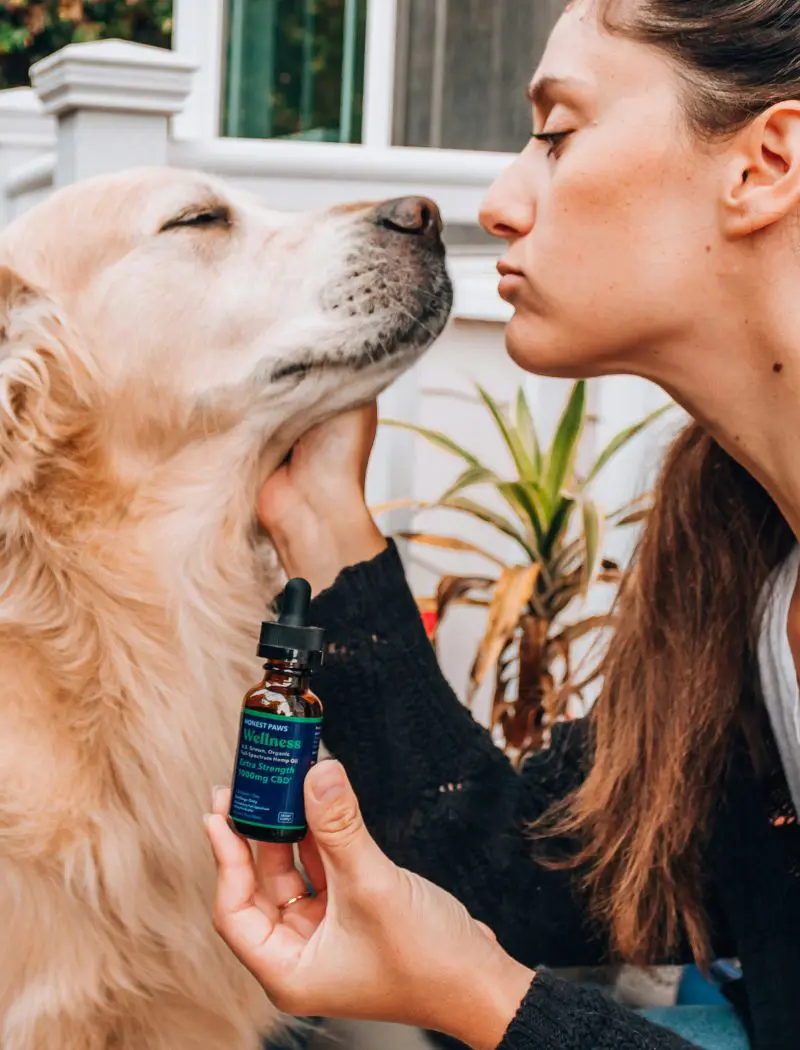
This oil can sometimes be used to help support food breakdown in dogs when they experience issues such as gas or fullness. The natural compounds in it can have a calming impact and help reduce unease associated with digestion.
A few drops of diluted oil mixed with a base extract can be massaged softly into the gut to reduce gas or bloating. The cooling sensation can help relax the gut and bowel by reducing pain and fullness caused by bowel issues.
It is important to note that this should not be used as an alternative. Consulting a vet before trying essential oil is the best option if your dog is experiencing frequent or severe digestive issues.
Energy Boost
The refreshing smell of this oil is thought to stimulate the nervous system, improving focus and mental understanding. This can be helpful for dogs that may be recovering from illness, older dogs that experience low energy, or those that are feeling down due to weather or other factors.
The aroma of the oil can have a refreshing effect and make your dog feel awake and focused. You can also use the diluted form of the oil in a mist maker and allow these scents to fill the room or apply it on your dog's collar to promote an uplifted mood.
Make sure to use it sparingly as overuse of peppermint oil can lead to overstimulation, which might cause anxiety, restlessness, or other unwanted reactions.
Calming Effect on Nausea
The soothing properties of peppermint oil help to relax the gut and ease feelings of nausea in dogs. It can help settle a dog's stomach by calming the food passage and reducing spasms that contribute to nausea.
A common method is to diffuse a very small amount of the oil in a spacious area and allow the dog to inhale the aroma indirectly. The scent can help relax the nervous system and provide comfort during car rides, flights, or other situations that might trigger nausea in dogs.
Diluting it with carrier oil and applying it sparingly to the dog's paw pads or chest allows the scent to come close to providing calming effects without overwhelming the nose. It is important to ensure the oil is not applied near areas they might lick as ingestion can be harmful.
Safety Tips Of Peppermint Oil For Dogs
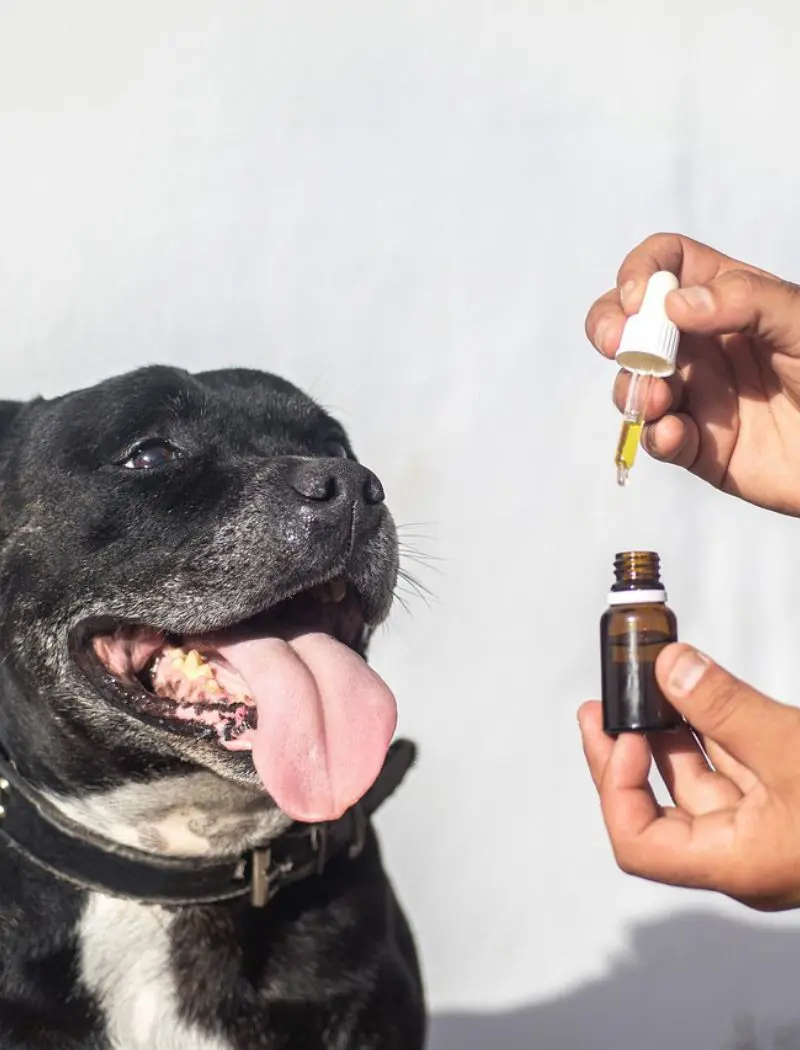
Always Dilute Properly
Diluting peppermint oil is crucial to ensure your dog's safety as undiluted forms are highly concentrated and can cause serious harm. It should always be mixed with a carrier oil like coconut, olive, or almond before being applied to your dog's skin.
This helps minimize essential oil potency and reduce the risk of irritation, burns, or adverse effects. The diluted mixture can be used for purposes such as muscle relief or as a natural pest repellent when applied carefully to non-sensitive areas.
It is important to remember that even diluted forms should be used frequently or in large amounts. You should also be mindful of the type of carrier oil you choose as some nut-based ones may not be suitable for all dogs due to allergies or sensitivities.
Perform a Patch Test
Performing a patch test is an essential step before using the oil on your dog to ensure it does not cause any allergic reactions or skin unease. Dogs can have sensitivities to essential oils and testing a small area minimizes the risk of adverse reactions when applied more widely.
This precaution is also important given peppermint oil's strong concentration and potential to irritate sensitive skin. You can apply a tiny amount of the diluted mixture to the region and rub it in, avoiding areas that they can easily lick.
Monitor the area closely and check for signs of redness or other forms of unease. If you notice any of these symptoms, wash the area immediately with soap and liquid to remove the oil and discontinue use.
Avoid Sensitive Areas
Dogs have highly sensitive regions on their bodies like the eyes, nose, and areas with open wounds or irritated skin. Applying peppermint oil near these areas, even in diluted form, can cause severe irritation or reactions due to its potency.
Focus on areas that are less sensitive, like the back or legs, and ensure it is diluted with a base essence. Special care should be taken to keep the oil away from the eyes and nose as the fumes can cause discomfort, watery eyes, or sneezing.
Use in a Well-Ventilated Area

Dogs have a sensitive sense of scent and exposure to strong or concentrated essential oils in a confined space can lead to discomfort, irritation, or distress. Proper ventilation helps to dilute the oil's potency in the air, making it mild for the dog while still providing its benefits.
Always diffuse the oil in a spacious room with good airflow and make sure to open windows or doors to allow fresh air to circulate. This reduces the chances of your dog inhaling extreme amounts of oil, which could cause wheezing.
Keep the diffuser in a location your dog can move away from if they find the scent too strong, giving them control over their exposure.
Limited Exposure
Overexposure to peppermint oil in frequency or concentration can lead to irritation, toxicity, or respiratory problems. Limiting the use of t is crucial to prevent the negative effects even when the oil is used for beneficial properties.
It should not be a part of their everyday task unless specifically recommended by a vet. Continuous exposure can overwhelm the dog's senses, cause irritation, or increase the risk of developing sensitivities over time.
The duration of exposure should also be limited as it can lead to the collection of vapors that may distress your dog. It should only be applied to non-sensitive areas and not reapplied frequently.
Consult Your Veterinarian
Consulting your vet before using peppermint oil on your dog is necessary to ensure it is safe and helpful. While peppermint oil has potential benefits, it is also unsafe if not used correctly or on dogs with specific health concerns.
Your vet can provide personalized advice based on the dog's information and overall health, helping you make thoughtful choices about adding it to the care routine. It is also important to consult your vet if you have a pregnant or a nursing dog as they can advise on whether to avoid it during these stages or suggest safer alternatives.
Recent posts
Dogs
Dog Poop Color Chart: How To Know Your Dog's Poo is Healthy
As strange as it might seem, your dog’s poop can reveal a lot about their overall health. By paying attention to the color, consistency, and frequency of your dog's stool, you can catch early warning signs of a wide range of health issues&mdash...
Is Watermelon Good For Dogs?
Watermelon can be a nutritious treat for dogs when given in moderation. Over 90% of the flesh is made up of water, which helps with hydration, especially in hot conditions. It also contains fiber for a healthy digestive system and important vitamins ...
Dog Sleeping Positions And Their Meanings
The diverse sleeping dog positions of our furry companions unveil a fascinating tapestry of behaviors and emotions in the canine realm. From the classic Curler to the enigmatic Superman, each posture conveys a unique message about a dog's well-being ...
Why Is Your Dog Showing Aggression And How To Stop It
Dog aggression can be scary, but understanding the cause is the first step to solving it. Common reasons include fear, pain, or feeling threatened. It could also be due to anxiety from new individuals or canine friends, or even guarding food o...
The Lifespan of Dogs: What Every Pet Owner Should Know
Dogs are beloved companions, providing comfort, security, and joy to millions of households worldwide. One of the most common questions among dog owners and enthusiasts is, "How long do dogs live?" Understanding the lifespan of a dog involves conside...
18 Ways To Get Rid Of Dog Pee Smell
Dog urine smells can linger for days and are such a pain in the neck to remove. Whether on your carpet, wood floors, or even outside, it's best to confront this problem as quickly and effectively as possible to keep your home fresh and clean. Here ar...
